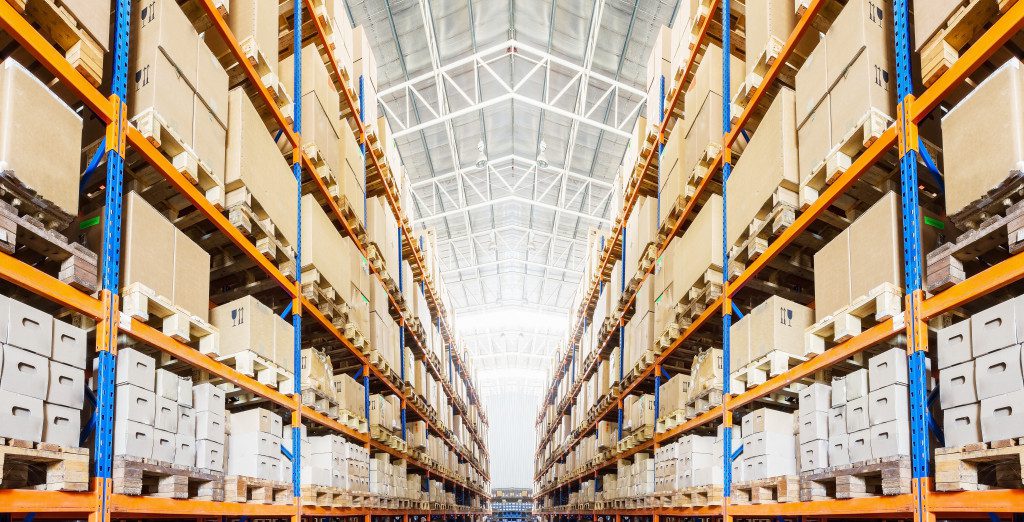- Businesses spend significantly on storage spaces annually, which can negatively impact their financial health.
- Unused space, wasted time, spoilage, and security costs are hidden expenses that increase storage costs.
- Regular assessments of storage needs can prevent paying for unused space, improving financial efficiency.
- Digital inventory management systems and strategic partnerships can reduce costs and increase storage efficiency.
- Exploring alternative storage options, like shared warehouses, can provide cost-effective solutions for storage needs.
As a business owner or entrepreneur, one of your primary concerns is probably your company’s bottom line. You’re constantly looking for ways to cut costs and increase profits. However, one area that you might not have scrutinized is your storage expenses. Storage might seem like a relatively minor aspect of your business, but it can have a significant impact on your finances. Here’s what you need to know about
Storage Space For Businesses
Businesses spend about 115 dollars per square meter on storage space annually. This may not seem like a lot, but it adds up quickly when you consider that most businesses have at least 100 square meters dedicated to storage. Additionally, storage space costs are expected to increase by 3-5% each year. These expenses can quickly eat into your profits and affect your company’s financial health. However, the overall cost of your rent might not be the only reason your business is losing money. Here are some reasons why you might be spending too much on storage space and how to address them.

1. Paying for Unused Space
One of the most obvious ways that storage can be costly is if you’re paying for space you’re not using. Many businesses rent out storage units or warehouse space on a long-term contract. However, if you’re not utilizing the full extent of that space, you’re essentially paying for nothing. Ensure you regularly assess your storage needs and adjust your rental contract accordingly. This could mean downsizing to a smaller space or negotiating lower rates with your current provider.
2. Wasted Time and Labor
In addition to the cost of the physical space, storage also has hidden costs in the form of time and labor. Your employees likely spend valuable time transporting items back and forth from storage, sorting through items to find what they need, and possibly even accidentally damaging items. This is all time and money that could be better spent elsewhere. Invest in a more efficient storage system – such as a digital inventory management system – to reduce wasted time and labor.
3. Spoilage and Damage
Another hidden cost of storage is the potential for spoilage and damage. Depending on what you’re storing, certain items might be particularly susceptible to damage if not stored properly. This could range from perishable items like food and medicine to valuable equipment or machinery. Not only is this a waste of money in terms of lost inventory, but it can also lead to lost profits if you cannot deliver products or services to your customers.
4. Security and Insurance Costs
Finally, storing items – particularly valuable or sensitive items – comes with security risks. Depending on your storage facility, you might need to invest in additional security measures such as locks, cameras, and alarms. You’ll also likely need an insurance policy to protect against theft or damage. These costs can add up over time, eating into your bottom line.
Ways to Reduce Costs on Storage
Thankfully, there are ways to reduce costs on storage for your business. Here are four ideas:

3PL Partnership
It’s essential to have robust partnerships in the realm of business. Partnering with an experienced 3PL warehouse manager can help reduce costs through shared resources and expertise. They can optimize your storage space and provide efficient distribution services, freeing up more time and money for other aspects of your business.
Regular Review of Storage Needs
As mentioned earlier, regularly reviewing your storage needs is crucial to ensure you’re not paying for unused space. This also allows you to reorganize and declutter your storage space to increase efficiency.
Digital Inventory Management
Investing in a digital inventory management system can also significantly reduce costs associated with storage. This can help track inventory levels and locations, reducing the risk of lost or damaged items. It can also streamline processes and save time for your employees.
Alternative Storage Options
Finally, consider alternative storage options such as shared warehouses or self-storage units. These can be more cost-effective for businesses with more minor storage needs. You can also utilize vertical space – stacking items higher rather than taking up more floor space.
Storage may not seem like a significant expense, but it can greatly impact your company’s finances. Regularly review your storage needs and explore options to find the most cost-effective solution for your business. So, be mindful of these potential costs and ways to reduce them to maximize profits for your business.


